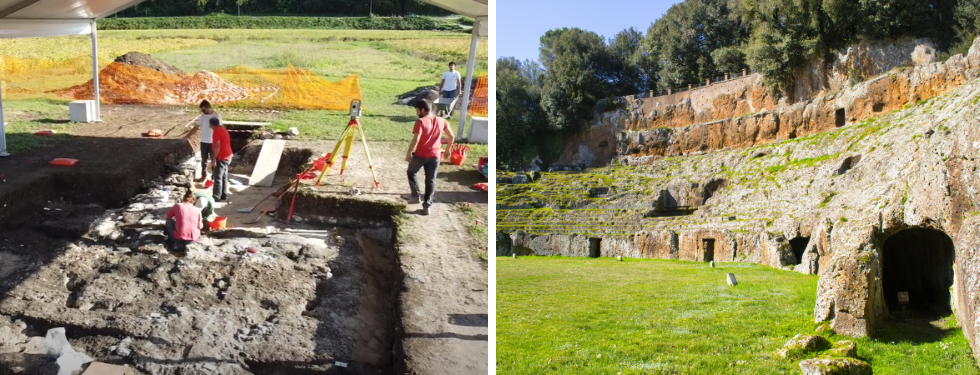Lord of the rings: Dendro-isotopic curves from archaeological wood to reconstruct mid-Holocene climate evolution and human impact


Title: Lord of the rings: Dendro-isotopic curves from archaeological wood to reconstruct mid-Holocene climate evolution and human impact
Principal Investigator: Cristiano Nicosia | Programme: PRIN 2022 DM 104/2022

It is only since the last few hundred years that weather and climate conditions have been recorded on a daily basis in multiple places around the Planet. Going back in time, instead, we can only rely on indirect evidence of weather and climate, with a much lower temporal and spatial resolution. As such, short-lived or very localized climatic events largely escape our recognition. Yet, often, these events had very important effects on past human societies, on their socio-economic structures, and on the way their settlements were distributed. On the other hand, large-scale climate events, documented in several bio-lithological sequences around the world, might have had minimal or no consequences on the cultural dynamics of a specific geographical area.
The Lord of the Rings (LOTR) project aims at overcoming this unbalance by producing very detailed reconstructions of the past variations in moisture, rainfall and temperature with the highest attainable chronological accuracy. To do so, LOTR will build dendro-isotopic curves, i.e. curves representing the annual variations of stable isotope ratios (δ18O, δ2H and δ13C) obtained from the analysis of single, dendro-dated, wood rings. These curves will be derived from wood coming from four key proto- historic archaeological sites in N-E Italy, sites with optimal preservation of organic material. The focus of LOTR is the central part of the Holocene, i.e. the 6.5-3.0 cal ka BP interval ('Middle Holocene' - see part B1): the archaeological sites of the project cover almost continuously this timespan. This is a key period within the Holocene, marked by several large-scale climatic events and, at the same time, by an increasing human impact on the environment. The Middle Holocene, therefore, represents a privileged observation spot to reconstruct the mechanisms regulating Holocene climate and the effects of human activities.
As such LOTR can contribute with essential data and new approaches to current climate change studies. Moreover, human impact on the landscape will be addressed from an entirely new perspective, integrating dendrochronology, species identification, and Sr isotope ratio (87Sr/86Sr) to track wood provenience. This will allow us to reconstruct the expansion of deforestation with time and shed light on forest management and exploitation practices. The archaeological sites that will be excavated by the Padova unit thanks to already-available funds are (see fig. 1 - Part B.2): Molino Casarotto (Mid-Neolithic), Fimon-Pascolone (Early Bronze Age); Oppeano-Via Isolo (Early-Middle Bronze Age – already excavated and sampled); La Muraiola di Povegliano (Middle Bronze Age). CNR-IBE will be in charge of dendrochronology, species determination, and of sampling the relevant rings for isotope analysis. The latter will be carried out by the University of Salento in close collaboration with the Laboratory of Spectrometry and Stable Isotopes of the Dept. of Geosciences of the University of Padova.





